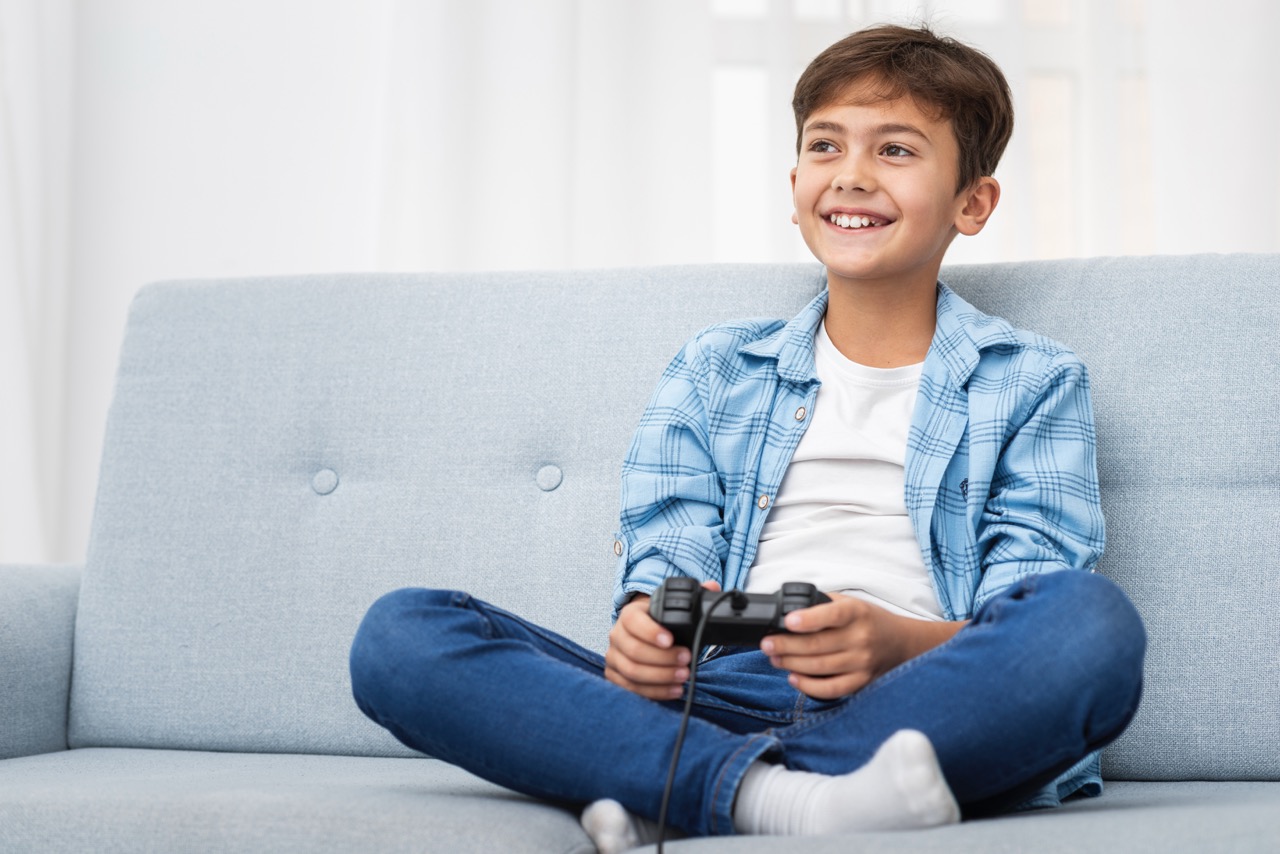

In a world where Minecraft, Fortnite, and Roblox are as common in conversation as homework and school lunches, it’s clear that gaming is a big part of kids’ lives. While gaming can enhance creativity, problem-solving, and even teamwork, it can also become a slippery slope into screen addiction and unhealthy behaviour when left unchecked.
So how do parents walk the line between encouraging fun and preventing obsession? Let’s break it down.
Not all gaming is bad. In fact, many games help children improve their motor skills, decision-making, and collaboration. But when gaming begins to interfere with daily life, sleep, school, or social interaction, it becomes a problem.
• They lie about how much they play or hide gaming time.
• They become agitated or moody when asked to stop.
• They lose interest in other activities (even ones they used to enjoy).
• They rush through meals, homework, or chores just to get back to the game.
• Their sleep cycle is affected due to late-night gaming.
Sound familiar? These are early indicators of screen addiction in kids, and the earlier you catch it, the easier it is to course-correct.
This is where a parental control app with screen time limits becomes your best friend.
• Apps like ParentVerse allow you to:
• Set game-specific limits (e.g., 30 minutes of Minecraft, 1 hour of Roblox).
• Schedule playtime only on weekends or after homework.
• Monitor gaming across multiple devices - especially useful when kids switch between a tablet, laptop, or console.
Instead of taking away devices entirely (which often leads to pushback), you can build healthy limits that keep gaming in check without making it taboo.
Let’s be honest, kids love games because they’re fun and rewarding. So, why not use the same principle to build good screen habits?
Parental control apps like ParentVerse now offer gamified rewards systems where kids earn points or virtual prizes for:
• Finishing homework
• Following screen-time limits
• Completing chores
These points can then be redeemed for extra gaming time, family outings, or even small treats.
This not only reinforces digital discipline but also teaches kids how to self-regulate with real-world consequences and rewards.
Here’s a quick structure to keep gaming under control:
• Morning - No gaming (focus on school prep)
• After School - Homework first, then 30–60 mins of gaming
• Evening - Family time, reading, or calm activities
• Weekends - Longer gaming is allowed with balance
Involve your child in this routine. It gives them ownership and reduces resistance.
Parenting in the digital age doesn’t mean banning technology; it means teaching kids how to use it wisely. Games aren’t the enemy, but unchecked gaming can lead to bigger issues down the road.
By combining game-specific controls, visible time limits, and reward-based systems, you can make gaming both safe and structured, without ruining the fun.